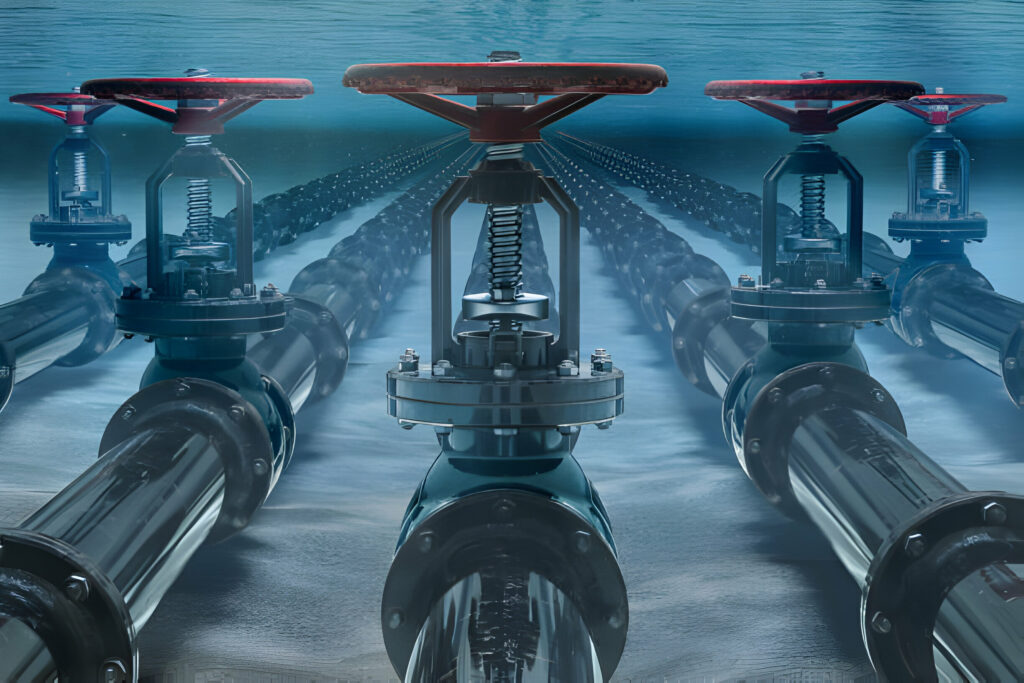By supplying a reliable water source, underground water services support diversified cropping patterns, crop rotation, and extensive farming practices, contributing to expanded agricultural output and monetary prosperity for farming groups.
By maximizing using available water assets, underground water services assist farmers attain higher yields with much less water, selling sustainable agriculture and environmental stewardship.
In conclusion, underground water services play a critical role in supporting agriculture and ensuring food security for billions of human beings worldwide.
By supplying a reliable and resilient water deliver, underground water assets enable farmers to maintain crop manufacturing, enhance resilience to climate variability, and improve livelihoods in rural communities
However, sustainable control practices, including groundwater monitoring, law, and conservation measures, are critical to safeguard underground water sources for future generations and make sure their continued contribution to agricultural development and food safety.
Aquifers, geological formations that save and transmit groundwater, function the cornerstone of underground water offerings. Engineers appoint state-of-the-art techniques to manipulate and recharge aquifers, making sure their sustainable use and replenishment.
Managed aquifer recharge (MAR) methods, inclusive of injection wells, infiltration basins, and recharge ponds, enable the intentional replenishment of aquifers with surface water or handled wastewater, bolstering groundwater reserves and improving water availability.

Underground water services constitute a wonder of engineering ingenuity, encompassing a various array of structures and technologies designed to harness, manipulate, and utilize subterranean water sources. From natural aquifers to man-made reservoirs, those underground systems play a vital function in supplying water for consuming, agriculture, industry, and environmental sustainability.
This article explores the engineering marvels at the back of underground water offerings, highlighting their revolutionary layout, creation, and operation.
Wells are important infrastructure for gaining access to groundwater from aquifers. Engineers hire advanced drilling technology and construction methods to design and set up wells tailor-made to particular hydrogeological situations.
Underground water offerings embody a network of garage and conveyance infrastructure designed to transport and keep water underground. Aquifer garage and restoration (ASR) centers utilize underground aquifers as herbal reservoirs for storing excess floor water at some point of moist durations. Engineers assemble injection wells and extraction wells connected to ASR structures to inject surplus water into aquifers for storage and later healing for the duration of instances of high call for or drought.


Man-made reservoirs play a crucial role in underground water services, serving as garage facilities for surface water and regulating flows to fulfill water deliver needs. Engineers layout and construct reservoirs with careful consideration of geology, hydrology, and environmental influences. Innovative dam designs, spillway structures, and sedimentation management techniques ensure the safety, reliability, and sturdiness of reservoir systems, allowing them to store substantial portions of water for home, agricultural, and industrial use.
